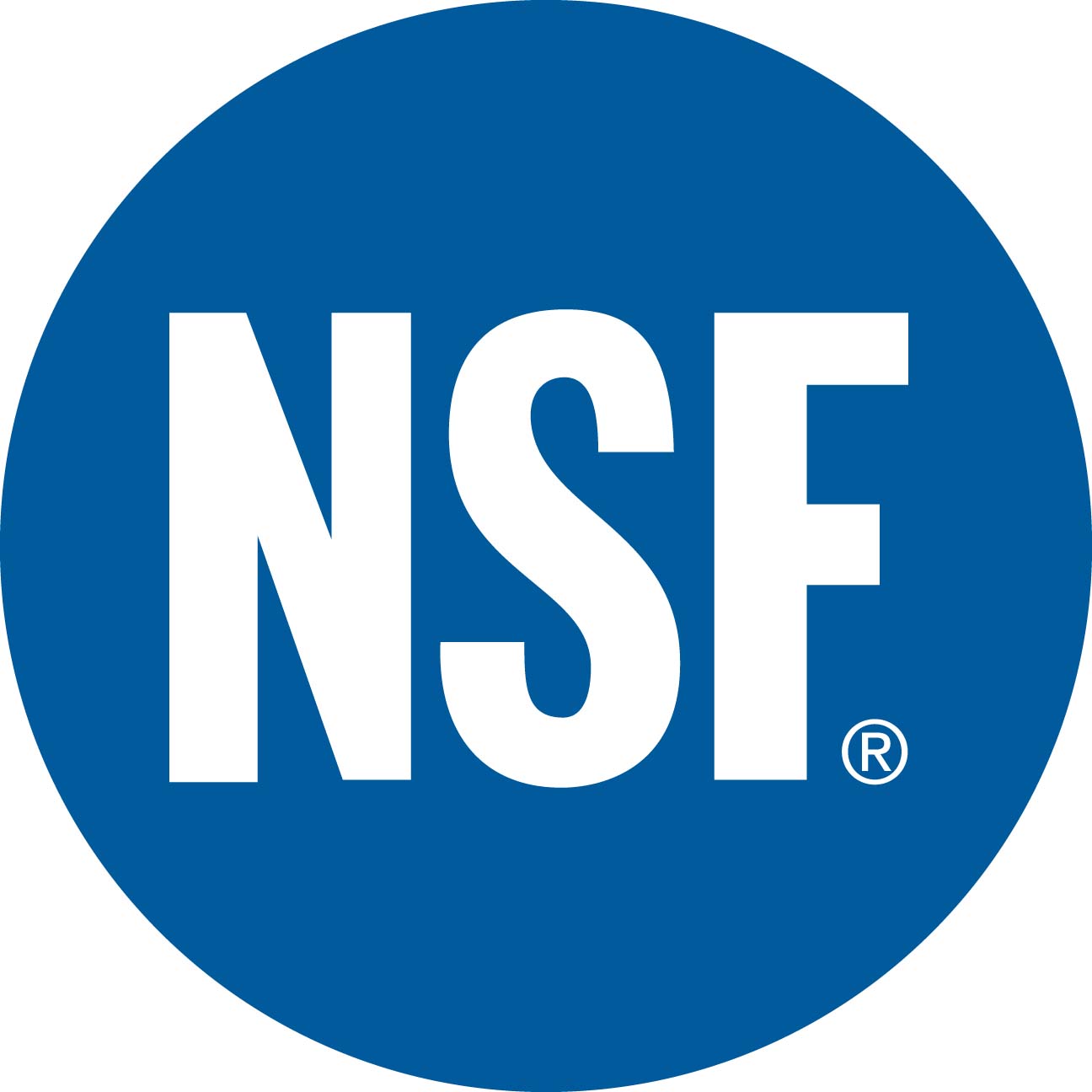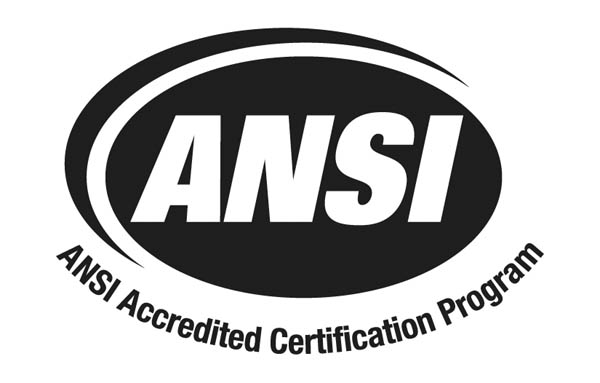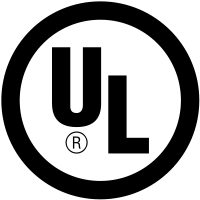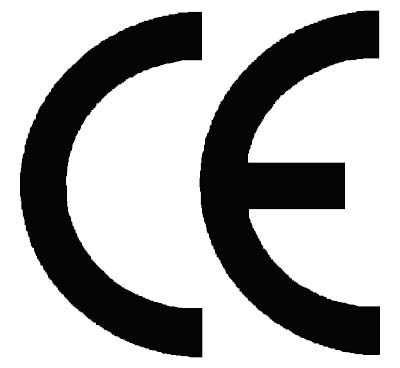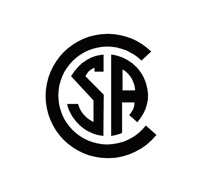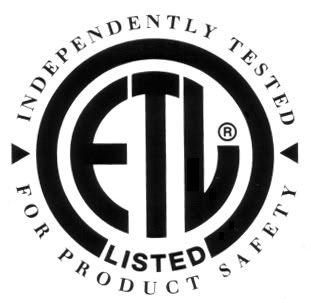When searching for a new piece of equipment, or similar food service necessity, consumers often look for recognizable safety certifications to help sway their decision. Aside from the sought after “Made in the USA” stamp of authentication, certain common safety certifications are like gold stars on possible purchases. Trekking the extra mile as a manufacturer to get these gold stars goes a long way in the eyes of consumers, and there are a handful of well-known, third-party certifications that make all the difference.
Below I’ll walk you through the following common safety certifications (ordered by most recognizable to least recognizable:
[unordered_list style=”green-dot”]- NSF
- ANSI
- UL
- CE
- CSA
- ETL
- Energy Star
Disclaimer: Some safety certifications are not required by law, depending on your state or city’s stipulations. Be sure to check with your local municipality to determine what certifications are absolutely necessary before making a purchase.
NSF
The NSF mark is the most widely recognized safety certification decorating food service equipment today. Assigned by NSF International, a certifier “dedicated to being the leading global provider of public health and safety-based risk management solutions,” the NSF label promises consumers that a particular manufacturer has passed highly detailed safety requirements as outlined by the not-for-profit organization. This includes a product assessment of design and construction, a material evaluation of anything that comes in contact with food, and even performance testing where applicable. Additionally, manufacturers who are awarded an NSF certification have their facilities audited unannounced to ensure compliance.
One caveat when it comes to NSF certifications: Often manufacturers will label a piece of equipment with “Certified to NSF standards,” stating that the unit meets NSF requirements, but no official NSF testing has actually taken place. Always looks for the NSF mark to be 100% certain.
ANSI
The American National Standards Institute (ANSI) and its certification often goes hand-in-hand with the NSF mark. Granted, the two are completely separate entities, but many consumers see an ANSI certification to be on par with one from NSF. Like NSF, ANSI has been creating and maintaining nationally recognized norms and guidelines regarding food service products for decades. The company’s ANS (American National Standards) have provided ratings, dimensions, test methods, performance and safety standards, and terminology to hundreds of industries.
UL
Underwriters Laboratories (UL) certifications cover not only product safety, but also testing of systems and services. While the UL mark is often associated with safety, the company specializes in setting standards with which to gauge and validate performance, sustainability, and environmental health. Following the ANSI continuous maintenance standards, the basic UL Listed mark deals solely with safety, but there are a handful of other well-known UL certifications that pertain to other regions and specifications. These include the C-UL (Canada), Classified UL, Gas-Fired UL, UL EPH, Water Quality Mark, and Plumbing Mark.
CE
The CE marking (formerly the EC marking) was set forth by the European Commission and signifies that a product conforms to European laws or directives in regards to safety, health, and the environment. The marking is required to facilitate trade in the European Economic Area. What sets the CE Marking apart from many other certifications is that CE conformity is usually done through self-declaration as opposed to a formal inspection. Additionally, a CE Marking does not ensure compliance with North American safety standards in any way, and additional certification may be desired by US consumers.
CSA
A standalone CSA mark from CSA International indicates that a piece of equipment or product is primarily certified to Canadian standards. That said, if a CSA mark is surrounded by “C” and “US” or has a “NRTL/C” label underneath the symbol the product is certified to both US and Canadian standards. The certification focuses on safety and/or performance, and CSA International boasts that its mark covers applicable standards from ANSI, NSF, UL, CSA, and others.
ETL
Like the other certifications on the list, the ETL mark is a third-party certification that confirms proof of compliance with certain standards. The ETL mark is appointed by Intertek when a product has been tested and approved to be in line with their electrical, gas, and other safety standards for North America. The company says it tests to UL, ANSI, CSA, ASTM, NFPA, and NOM (Mexico) standards.
Energy Star
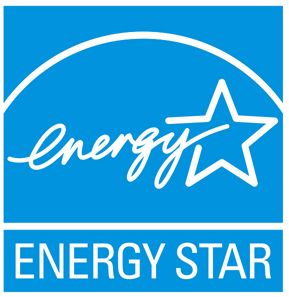 An Energy Star stamp of approval from the U.S. Environmental Protection Agency’s (EPA) voluntary program is a little different than your common safety certification. Being Energy Star approved means a piece of equipment, establishment, or operation meets specific emission and energy output standards. The program’s goal is to help reduce energy consumption as well as limit pollution and improve energy security. Earning an Energy Star rating ensures that a manufacturer has tested their product in an EPA-recognized laboratory and have subjected themselves to “off-the-shelf” verification testing every year.
An Energy Star stamp of approval from the U.S. Environmental Protection Agency’s (EPA) voluntary program is a little different than your common safety certification. Being Energy Star approved means a piece of equipment, establishment, or operation meets specific emission and energy output standards. The program’s goal is to help reduce energy consumption as well as limit pollution and improve energy security. Earning an Energy Star rating ensures that a manufacturer has tested their product in an EPA-recognized laboratory and have subjected themselves to “off-the-shelf” verification testing every year.
A Few Other Reads
As mentioned above, depending on your local laws regarding state and city requirements, some safety certifications may not be necessary. Always consult your local municipality and health advisory regulations before deciding NSF, ANSI, UL, CE, CSA, or ETL certifications are something you don’t need.
Here are a few resources to help you along the way:
 Corner Booth Blog | TundraFMP Restaurant Supply, News & Equipment Blog
Corner Booth Blog | TundraFMP Restaurant Supply, News & Equipment Blog
